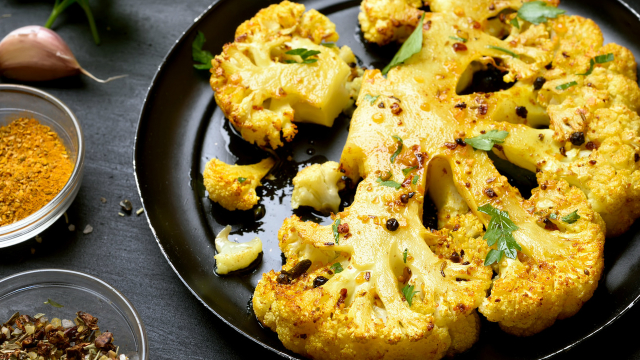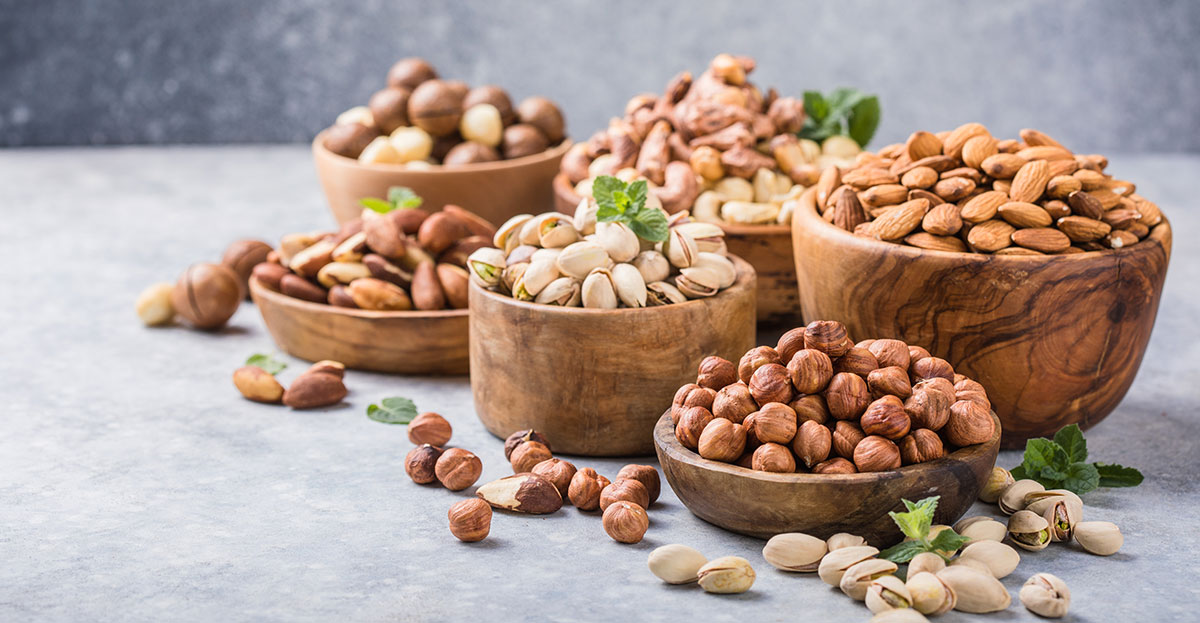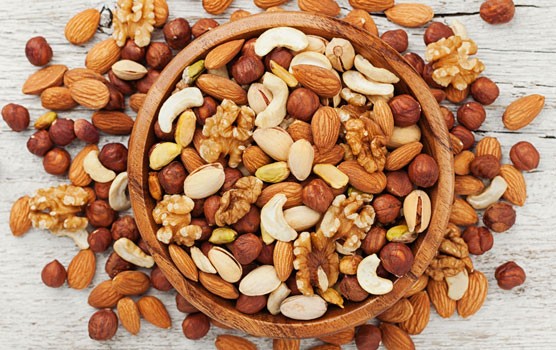Nuts & Bolts of Carb Counting
Basic carbohydrate counting for diabetes management
If you’re living with type 1 diabetes, carbohydrate counting, or carb counting, is an effective way of managing your blood sugar levels. It means that your insulin dose can be individually matched to the amount of carbohydrate you eat and drink.
It can give you more freedom and flexibility in what you eat when you’re preparing meals at home, grabbing food on the go or eating out.
Carb counting does take some time and effort to learn, but the control that comes with it can make life much easier. Whether you’ve been doing it for a few months or a few years, it always helps to refresh your knowledge from time to time
Understanding carb counting
Most carbs break down into glucose once digested, this means that the carb content of your diet directly affects your blood sugar levels, otherwise known as your blood glucose levels. Getting familiar with the basics of carb counting and how to count what is in your food and drink can really help you day-to-day.
1. Why understanding carbs (and how to count them) matters
Carbs are found in starchy foods like bread and pasta, in naturally occurring sugars in fruits and dairy products as well as in added sugars (found in sweets, chocolate, sugary drinks). Most carbs break down into glucose once digested. This means that the carb content of your diet directly affects your blood glucose levels.
Carbs can be further broken down into fast-, medium- and slow-acting.
- Fast-acting carbs: Glucose tablets, glucose drinks, full-sugar soft drinks or squashes, jellies (not diet), sweets.
- Medium-acting carbs: Bread, pasta, potatoes, yams, breakfast cereal, couscous.
- Slow-acting carbs: Pearl barley, peas, beans, lentils, sweetcorn, pumpkin.
Slow-acting carbs are absorbed very slowly. They may not need to be matched with insulin unless eaten in large quantities. The saying ‘everyone is unique’ applies to carbs too, so monitor your blood sugar levels to see how different foods affect you – and, of course, speak to your team for help.
Plenty of foods don’t have any carbs in them at all. Such as:
- Protein: Meat, fish, seafood, eggs.
- Fat: Lard, ghee, margarine, oils.
- Dairy: Cheeses, butter.
- Vegetables: Asparagus, broccoli, bell peppers, spinach, mushrooms, avocado.
- Drinks: Water, sugar-free drinks, diet drinks, diet squashes, black tea and coffee.
2. How carbs interact with your body
Insulin works to lower blood glucose (blood sugar) levels after eating carbs, which is why it is important to match the amount of insulin you take to the carbs you eat. The insulin dose you need depends on the amount of carbohydrate you are eating and your insulin-to-carb ratio.
You can count the carbs in your food using the nutrition information label (if your food has one). Carbs can be counted in grams or as carbohydrate portions (CP).
3. What to look for on food labels
These days, food labels should have all the key nutritional information you need to count the carbs in your meal.
Always look at the ‘total carbohydrate’ on the label when carb counting. This will make sure you are counting both the complex (starchy) and simple (sugary) carbs in your food. Both will raise your blood glucose (blood sugar) levels, and need to be matched with insulin.
In general, sugar-free options like diet drinks and jellies don’t need to be counted. However, it’s still worth checking the ingredients list because sometimes labelling is misleading. ‘No added sugar’ may still contain sugar.
4. No labels? No worries…
When you’re out and about it can be harder to get information about the food you want to eat.
But that shouldn’t get in the way of having a great time.
Counting carbs while out and about can be a pain, but with a bit of experience and a couple of these tips and tricks, nothing should come between you and the joys of eating out!
- Most restaurants can provide nutritional information, so speak to staff.
- Look online for brochures with nutritional information.
- Take note of the insulin doses for your favourite meals for future use. Use apps and reference books to help estimate portions you have when eating out.
- Higher fat and protein meals may need split doses of insulin because the fat can delay absorption of carbs. Chat to your diabetes team about this. Checking your blood glucose levels more regularly can give you useful info on how these foods affect you.



